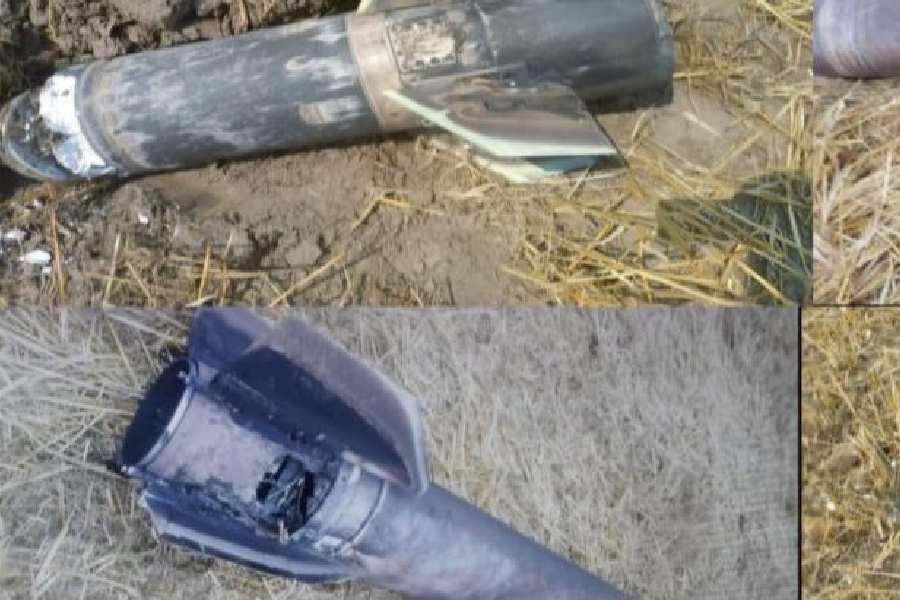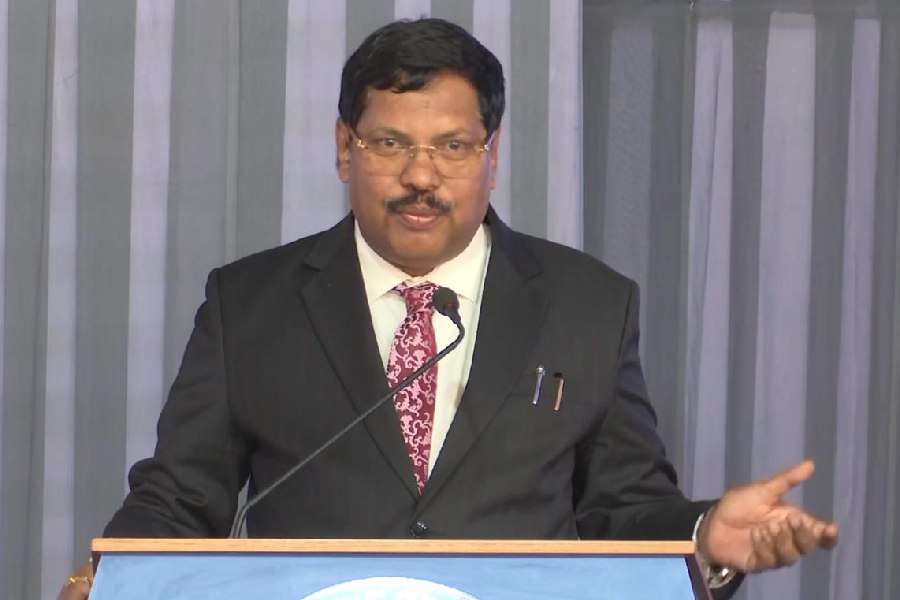
New Delhi: Indian paleontologists have discovered a near-complete five-metre-long fish lizard skeleton in Kachchh, Gujarat, the country's first Jurassic-era fossil of an ichthyosaur, a marine reptile that roamed the seas while dinosaurs reigned the land.
The ichthyosaur, recovered from layers of sandstone and shale sediments near Lodai village about 30km northeast of Bhuj, lived about 152 million years ago when Kachchh was under the sea, the scientists said. They described their findings on Thursday in the journal PLOS One.
Fossils of ichthyosaurs, first documented over 300 years ago, have been known from England, France, Germany, Madagascar, North America and South America. Their distribution pointed to an abundance of these marine reptiles that first emerged about 250 million years ago.
The skeleton in Kachchh which includes a near-complete vertebral column, two fins, a part of a snout and teeth is now preserved in a departmental museum at Kachchh University. Until now, the only ichthyosaur remains from India had been broken vertebrae and isolated teeth found near the Cauvery basin in southern India.
"Scratches on the teeth tell us about its food habits," said Guntupalli V.R. Prasad, professor of paleontology at the University of Delhi and a member of the research team that excavated the fossil.

The scientists believe the ichthyosaur fed on invertebrates called ammonites, squid-like creatures called belemnites, shelled crustaceans and possibly other fish and small reptiles that contributed to abrasions on the teeth.
The skeleton was a chance find. Paleontologist Dhirendra Pandey at Manipal University and two collaborators from Germany were looking for invertebrate fossils when they spotted a bone and a rib. They alerted Prasad, a specialist in vertebrate fossil, who joined the team to excavate the ichthyosaur site.
Prasad said the fossil also provided fresh insights into ancient sea routes that marine creatures were likely to have used to migrate between Europe and the supercontinent Gondwanaland.
"Similar Jurassic-era ichthyosaur remains have been found in western Europe ," Prasad said. "The new find thus suggests sea corridors allowing migrations of such marine creatures between the Indo-Madagacan region and the western Tethys provinces at the time."
The Tethys is the name for the ancient ocean when the world's present-day continents were fused into two supercontinents - Laurasia and Gondwanaland.
The ichthyosaurs went extinct about 90 million years ago for reasons that are still not clear. "We can only speculate, it is possible the ichthyosaurs competed with other large marine reptiles and sharks in the seas - and lost," Prasad said.









